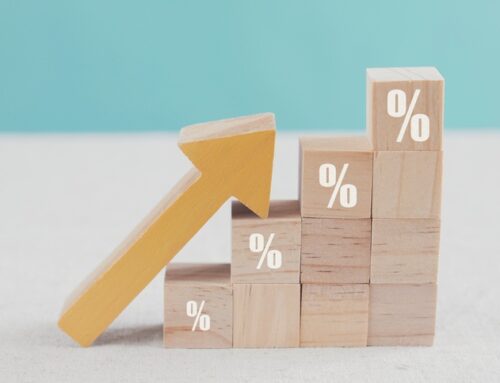Home » Uncategorised »
Serious rent arrears down by 4% in Q1 of 2016
This article is an external press release originally published on the Landlord News website, which has now been migrated to the Just Landlords blog.
Encouraging new data has revealed that 3,100 less households were in serious rent arrears in the first quarter of this year, in comparison to the final quarter of 2015.
This represented a fall of 4%, believed to be a direct result of the improving employment market.
Falling arrears
In absolute terms, 86,200 tenants in Britain are in excess of two months behind in paying their rent. This is in comparison to 89,300 in quarter four of last year.
Since 2008, there have been an average of 92,600 tenants in serious rental arrears during the first quarter of each year. This underlines the positivity of the most recent figures.
Adrian Gill, director of estate agents Your Move and Reeds Rains, noted, ‘fewer tenants in serious arrears reflect the health of the jobs market. With an extra 44,000 jobs created in the first quarter of this year, thousands of tenants have been able to get their finances back on track and pay down late rent. Serious rent arrears peaked in Q3 2012 when 124,800 households owed more than two months’ rent-and when unemployment in the UK stood at 7.9%. Since then a boom in employment has been responsible for lifting many of the most precarious tenant households out of serious rent arrears and onto a more sustainable course. The direction of travel looks very positive.’[1]
‘A reduced risk of serious rent arrears will be welcome news for existing landlords, facing so many artificial challenges posed by government meddling. But no-one should be complacent – managing a property is never simple. Some landlords are being held back from buying property by the Stamp Duty Surcharge. If this stems the flow of new homes into the rental market, then shortages in some areas could push up rents – hitting affordability,’ Gill continued.[1]

Serious rent arrears down by 4% in Q1 of 2016
Drops
The total number of tenants more than two months behind with their rent has dropped by 16% since just before the financial crash in Q2 of 2008. Then, the total number of tenants struggling with serious arrears stood at 102,900.
This is particularly encouraging when looking at how the sector has grown during the same period. In 2008, there were 3.6m households living in the private rental sector in Britain. After just 8 years, this has grown by 62% to hit 5.8m households.
Gill observed, ‘the massive growth in the number of homes available to rent – driven by both deliberate landlords and accidental landlords coming into the market – has ensured that rents have not outpaced the ability of tenants to pay. The affordability of renting and the number of tenants falling behind on rent also needs to be seen within the context of the rapid expansion of the private rented sector and the addition of millions of extra houses and flats to rent.’[1]
Eradicating evictions
More positivity came with the news that the number of eviction orders has dropped considerably. In Q1 2016, there were 26,230 court orders made for eviction as a result of possession claims by landlords, down from 26,964 in the final three months of 2015.
Concluding, Gill said, ‘the evidence is clear – landlords’ finances are the healthiest they’ve been for nearly a decade. Back in 2009, with a distressed purchase market, many owners didn’t want to sell their properties if they inherited or no longer wished to live in their old home – which led to more accidental, DIY landlords. As a result of this, and with more tenants in financial difficulties, buy-to-let mortgage arrears were far higher.’[1]
‘Since then the private rented sector has changed. Now, with the rise of deliberate landlords with a professional attitude to their investment, the average property investor is more likely to have a business plan and a more professional approach to letting their property.’[1]
[1] http://www.propertyreporter.co.uk/landlords/serious-tenant-arrears-fall-4.html



